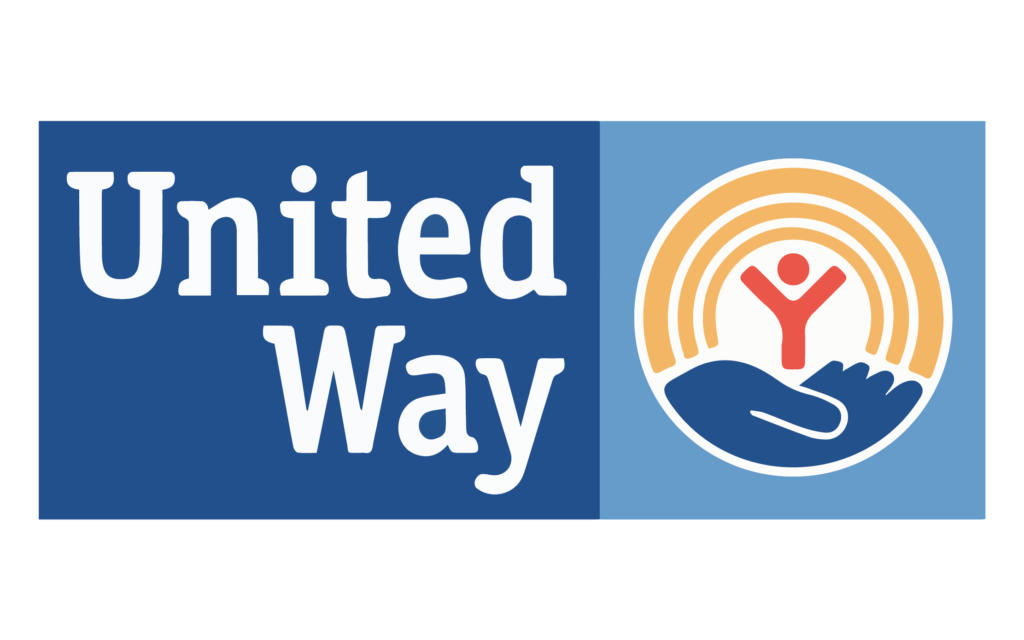Human Trafficking in the United States
Every year, millions of people across the globe are exploited through human trafficking, including hundreds of thousands in the United States. This crime involves the use of force, fraud, or coercion to manipulate people to participate in forced labor or commercial sex for their trafficker’s financial benefit. Human traffickers prey on many types of vulnerabilities, often including poverty, homelessness, social isolation, immigration status, or unemployment to gain and maintain control over their victims.
Understanding the different forms of human trafficking in the United States is critical to identifying and preventing this crime and ensuring that survivors are able to find freedom and healing.
Sex Trafficking
The most common type of human trafficking in the U.S, sex trafficking occurs when individuals are manipulated or convinced to engage in commercial sexual activity through force, fraud, or coercion. In cases involving minors, proving force, fraud, or coercion is not required — any commercial sexual activity with a person under 18 years old is considered sex trafficking under U.S. federal law.
While women and girls make up the large majority of sex trafficking victims, people of any gender may be targeted. Men, and boys, as well as nonbinary and transgender people, have increasingly been identified as sex trafficking victims in recent years. In 2024, nearly 1 in 10 survivors that Safe House Project served were male, nonbinary, or transgender.
In the U.S., most victims of sex trafficking are exploited by someone they know in their own community. Traffickers are most often a family member, intimate partner, guardian, friend, employer, or acquaintance, rather than a stranger.
Common types of sex trafficking include:
-
- Pimp-Controlled Trafficking — Victims are exploited by an individual (referred to as a “pimp”), who controls and financially benefits from their involvement in commercial sex. This type of sex trafficking can take various forms and is often incorporated into other types of trafficking, such as online trafficking. Many victims are exploited in public places, such as truck stops, motels, street corners, or through escort services . This form of trafficking is often disguised as consensual commercial sex or prostitution, and “pimp culture” has long been glamorized in certain types of media.
- Familial Trafficking — Victims are exploited by a parent, guardian, or other relative through commercial sex, often originally as a child. This form of trafficking regularly begins as an escalation of existing abuse and may be motivated by a trafficker’s financial need to pay for rent, drugs, or alcohol. Victims of childhood familial trafficking are at high risk of experiencing other types of sex trafficking as adults.
- Online Trafficking — Victims are exploited through the production of pornography, camming activities, or advertisements on websites, social media platforms, or messaging apps. Many other forms of sex trafficking include an online element, especially as an initial introduction to exploitative activities. Sexting and sextortion, which occurs when someone blackmails another person with intimate or nude pictures, is commonly used as a grooming technique by traffickers to bring a victim further under their control.
- Brothels & Illicit Massage — Victims are exploited by traffickers operating under the guise of legitimate businesses, such as a legal brothel, massage parlor, or escort service. This type of sex trafficking often involves traffickers acting as employers and may be mistaken for consensual commercial sex or prostitution, especially in places where these activities are not criminalized.
- Gang-Controlled Trafficking — Victims are exploited through the influence and control of a gang, who may force their victims into commercial sexual activity as a form of income generation. This type of sex trafficking often intersects other criminal activity, such as illegal drug distribution, theft, or violence. Many victims of gang-controlled trafficking are targeted due to their proximity or relation to gang members or drug addiction.
Labor Trafficking
Labor trafficking occurs when individuals become involved in work through force, fraud, or coercion. These work situations are often abusive, dangerous, and in violation of laws protecting workers’ rights. Many victims are undocumented workers, migrant laborers, or individuals with limited social connections, making them highly vulnerable to exploitation.
Perpetrators in labor trafficking cases often withhold wages, confiscate passports or other identification, and threaten victims with deportation or physical harm if they attempt to leave. Many victims are trapped through debt bondage, in which a trafficker offers them employment, travel assistance, or housing, only to later claim an excessive debt for providing these services. These debts are designed to be impossible to repay, as traffickers manipulate wages, inflate costs, or charge interest to ensure that their victims remain trapped in servitude.
Common types of labor trafficking include:
- Agricultural Trafficking — Victims are coerced or blackmailed into labor on farms and agricultural fields, often as migrant workers. They may face extreme conditions, including severe weather, unsustainable hours, low or no pay, and lack of access to services. Many workers are trapped through debt bondage, limited opportunities for other employment, a lack of access to legal protections, or the theft of identification documents.
- Domestic Servitude — Victims are exploited as housekeepers, nannies, maids, or caregivers, usually in private residences. This type of labor trafficking may be disguised as normal domestic services, but involves a level of control, coercion, or fraud preventing the victim from leaving of their own free will. Many victims live at their place of work and are considerably isolated from their support networks.
- Factory & Sweatshop Exploitation — Victims are forced to work in factories or sweatshops under harsh conditions, including excessive hours, unsafe environments, dangerous machinery, and threats of discontinued employment. This type of exploitation thrives in places where job opportunities are few and far between and options for making money are severely limited. In addition, children make up a significant number of victims exploited through this form of labor trafficking.
- Construction Exploitation — Victims are forced, coerced, or deceived into working construction jobs, often through false promises of high pay. They may experience very unsafe working conditions, insufficient training, a lack of proper safety equipment, and restricted access to services. Many victims live in employer-controlled housing with their activities monitored, and may be unaware of their legal rights as workers. Some labor traffickers falsify their employment documents to evade labor laws and keep workers trapped in exploitative situations.
- Restaurant & Hospitality Exploitation — Victims are exploited as workers in restaurants, hotels, and motels, and are very difficult to identify due to the fast-paced and hidden nature of these jobs. Many victims are lured with false promises of good wages, regular work hours, and stable employment, but are trapped by withheld wages, unsafe conditions, or debt bondage. The high turnover rates in these industries make it easier for traffickers to conceal their activities and continue their exploitation.
Addressing Human Trafficking
Understanding the different forms of human trafficking is essential to recognizing, preventing, and ultimately eradicating this widespread crime in our communities. Dispelling myths and increasing awareness about what human trafficking looks like ensures that more victims can be identified and provided with the necessary support to regain their freedom.
Efforts to combat human trafficking require a multi-faceted approach, including prevention, survivor protection, and prosecution of traffickers. Organizations like Safe House Project work to bridge gaps in care by providing emergency services, safe housing, and training programs to educate communities on how to identify and respond to trafficking situations. By learning to recognize human trafficking in our daily lives, we can create a society where survivors are empowered to heal and thrive and where traffickers face real consequences for their actions.
Ultimately, the fight against human trafficking is one that demands collective action. Through education, advocacy, and survivor-centered solutions, we can dismantle the systems that enable exploitation and build a future where every person is free from human trafficking.









